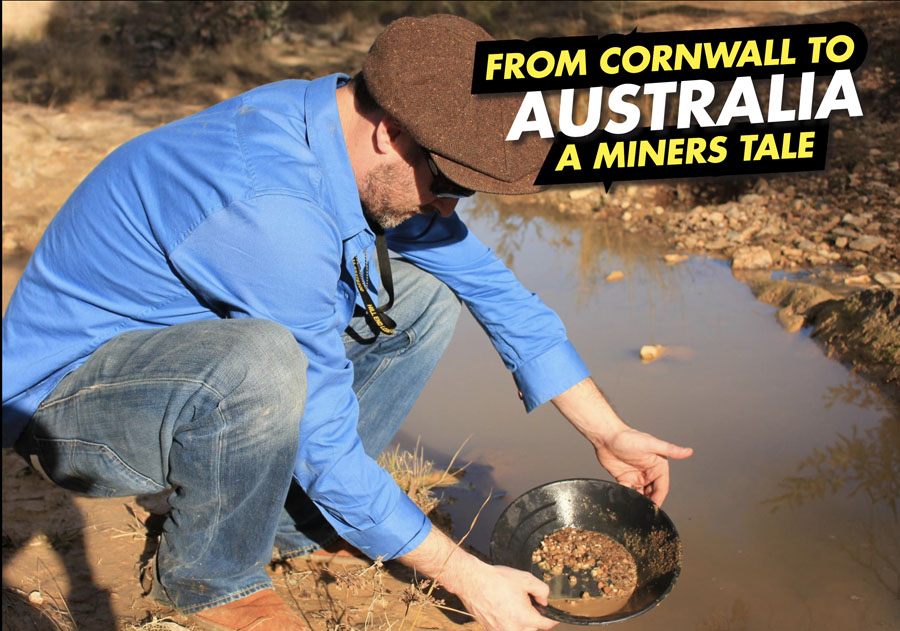
When we think about the history of Australia, particularly during the period between the arrival of Captain Cook’s ship- the HMS Endeavour- along the southeastern seaboard in 1770 to the mid to late 1800’s, we often picture convict ships and people being forced to settle in this harsh and dry land. Of course this was the case for many unfortunates who were boarded on these prison ships and many ending up spending the rest of their lives doing hard labour. For others Australia, particularly from the 1840’s onwards, was a place to start over and presented some real employment opportunities, particularly in the lucrative mining boom and later the gold rush. These opportunities would bring English, Irish, Americans, Chinese and many other nationalities in their droves. But unlike a number of these immigrants who travelled in search of work there was one group that stood out from the rest and these were skilled miners from Cornwall who were actively sought after, invited and recruited by the Australian authorities to come and work in the relatively new mining industry in Australia.
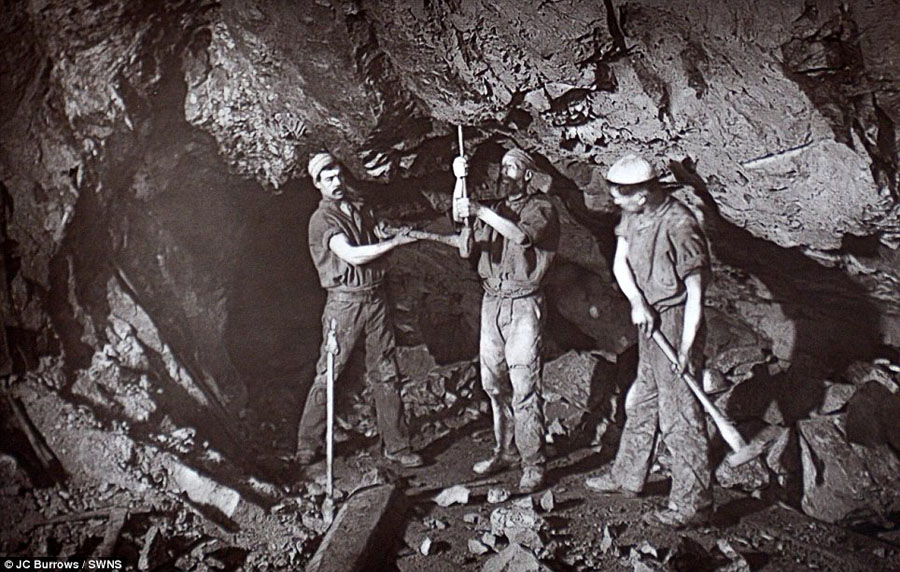
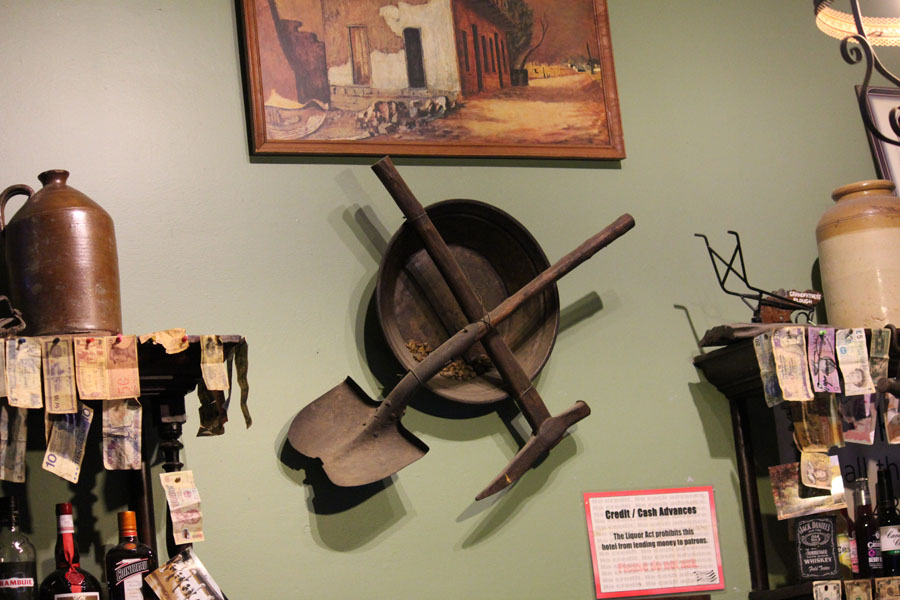

So why were the Cornish miners singled out by the Australian authorities and so highly sought after workers? Well mining in Cornwall and Devon in the South West of England has been going on pretty much since the Bronze Age; mining was in the Cornish native’s blood. Over the centuries some of the main metals mined in the region included tin, copper, silver and zinc to name but a few and they had developed some of the best mining equipment and techniques over the centuries. But like every other industry the Cornish mining industry went through a boom and bust having once supplied the UK with most of its metals to the eventual collapse of the industry, coupled with a famine in the 1840’s. This once lucrative mining industry forced thousands of Cornish miners and their families to take up on the opportunities presented in the Southern hemisphere and with the Australian mining boom and gold rush just kicking off, Cornish miners and mining companies were in big demand and as a result made their way over with the latest in mining equipment.
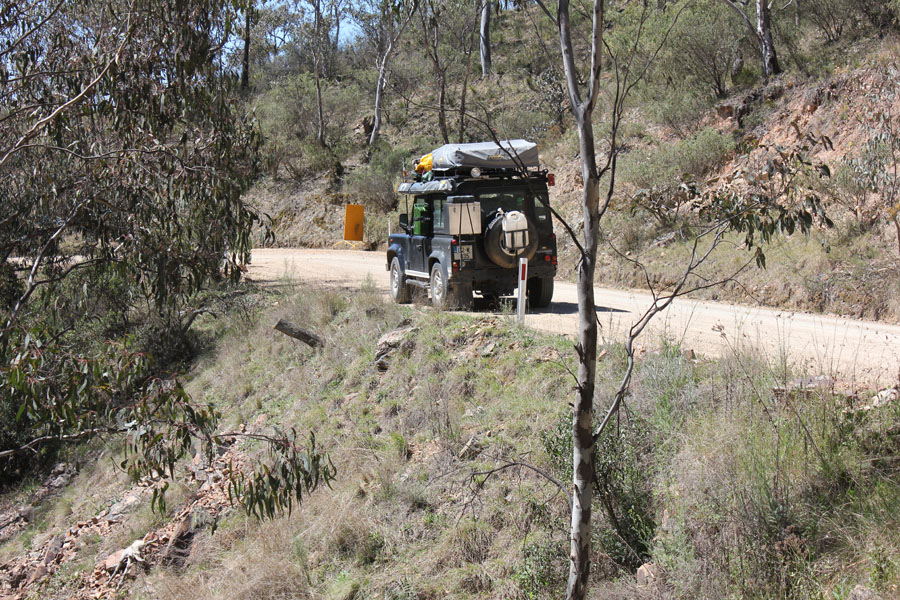
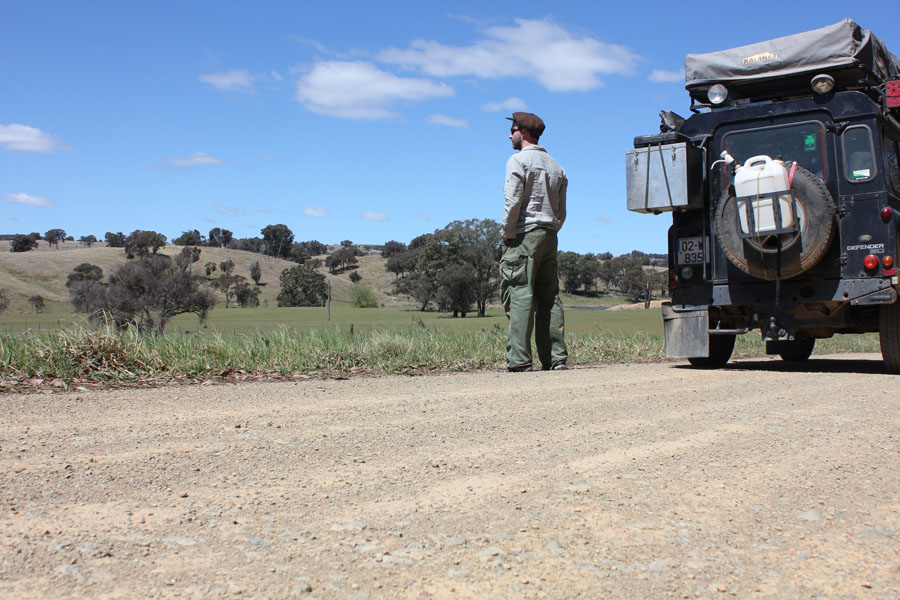
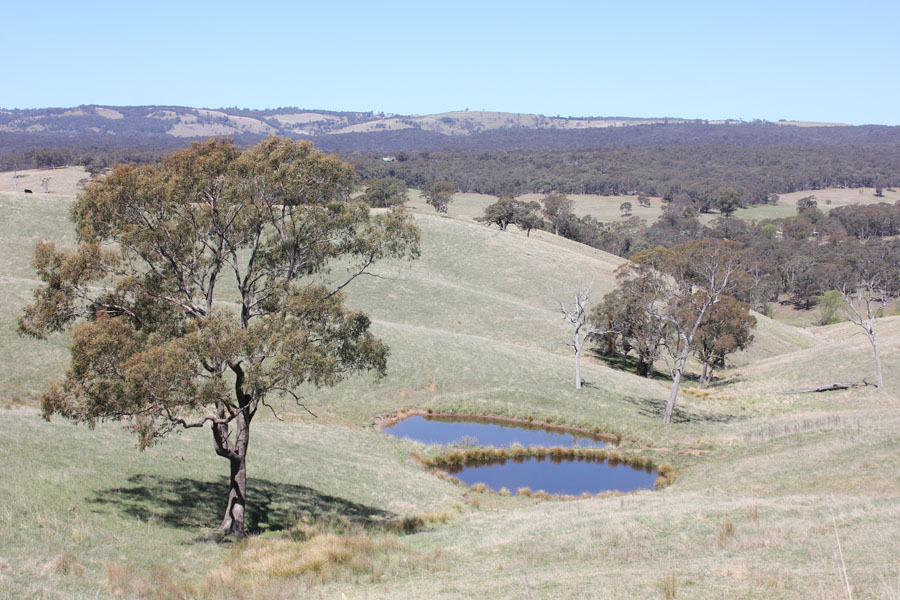
On this adventure we explored the mining past of this region and the maze of four wheel drive tracks that were originally cut out by the miners and first settlers who arrived from the British Isles in the mid eighteen hundreds. We would be following in the footsteps of the first Cornish settlers and see firsthand what they would have experienced in the mid-west region of NSW over one hundred and fifty years ago. The plan was to visit one of the most historic mining towns in NSW where numerous miners and their families settled and to tackle some of the best mining tracks, camp and visit some interesting historic colonial/mining museums and heritage sites along the way.
Australian history is both fascinating and unique to anywhere else in the world and visiting these mining settlements was an excellent way to understand what it was like for the first pioneers and settlers who mined and worked this vast land. In Sydney we packed up the Land Rover and took the M4 through Katoomba and on to Lithgow, from here we drove through Lithgow heading towards Capertee, Glen Davis and then on to the historic towns of Sofala, Hill End, Mudgee and Gulgong. If you ever get to Australia or get the chance to explore this area in a 4WD you will be presented with some great four wheel drive tracks surrounding Carpertee. Some of which include the Gardens of Stone National Park that leads to a great panoramic view of the Capertee Valley/Glen Davis and Pearson’s lookout. This is the world’s second largest canyon and is best accessed from Capertee. Capertee is a small town on the edge of the largest enclosed valley in the Southern Hemisphere.
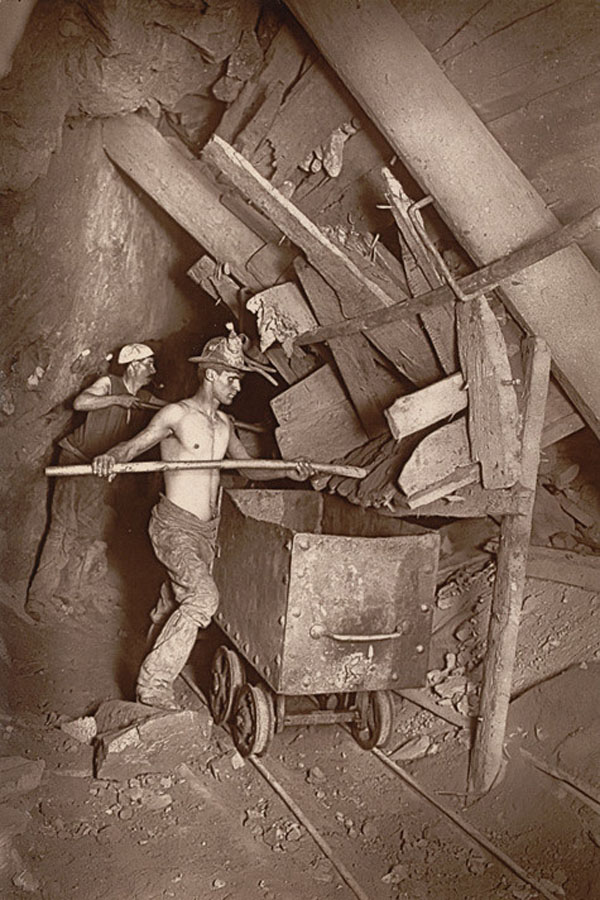

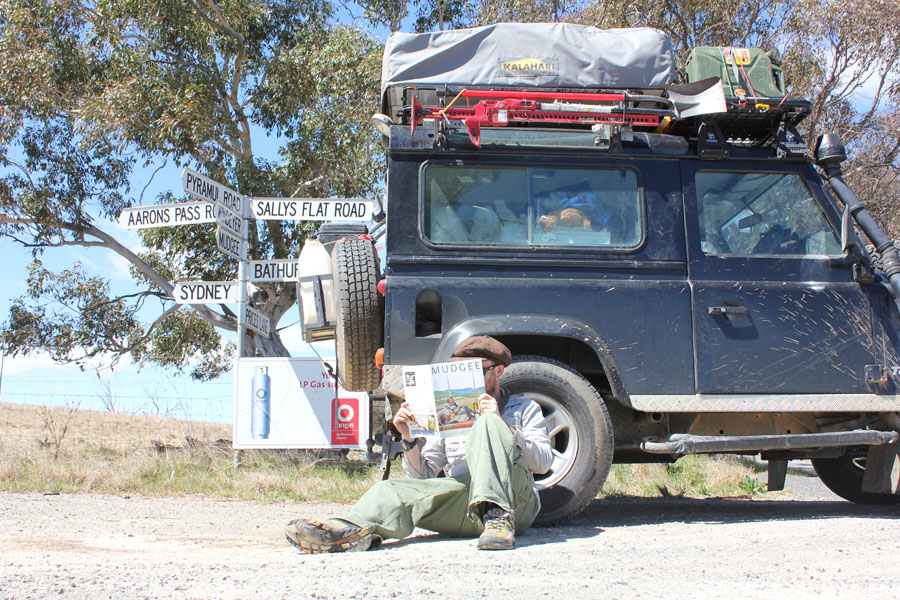
Not far from here Gold was found at Sunny Corner, west of Lithgow and then in 1881 a reef of silver. Here the Cornish were at the forefront of mining with many staying to farm in the region when the mines dried up.
We continued along the tracks towards Sofala passing through Glen Davis. Upon arriving in Sofala, it was not long before we experienced the heritage and recent history that surrounds you in this tranquil settlement. In its day Sofala was one of the best gold mining towns in the entire region and this lasted right up until the start of the Second World War.
The track from Sofala to Hill End is a decent dusty track covering approximately 38 km. When you arrive in Hill End it feels like you have been transported back to the mid 1800’‘s, the history of this town has been very well preserved. The heritage town of Hill End was a popular gold mining town in New South Wales, made famous for its large gold finds, it once had a population of an estimated 9,000 -10,000 inhabitants with a big proportion of them made up of Cornish and Irish. Back in the day this town was buzzing with activity from the economic wealth that the gold rush brought to the area in the 1870’s. This growth resulted in the town being able to support nearly thirty pubs, a couple of banks and not one but two newspapers.
Hill End is one of the few heritage towns that can boast a comprehensive collection of images that were taken when the town was thriving during the mining and gold rush days. This unique collection of photographs is the result of a wealthy inhabitant who was forward thinking enough to employ a photographer to take numerous photographs that captured what life was like in Hill End in the 1870’s. These images now assist the National Parks by visually informing visitors of what life was like in the town in the olden days.These images are strategically placed throughout the town accompanied by information that gives visitors a clear picture of what and where the original buildings stood. The Australian National Parks and Wildlife Service also run a museum just off the main road which contains many additional photos and items of equipment relevant to the gold rush. As you enter the grounds of the museum you will see plenty of old transport artefacts including a very well preserved Wild West looking Cobb and Co horse drawn coach accompanied by other means of transport from that era.
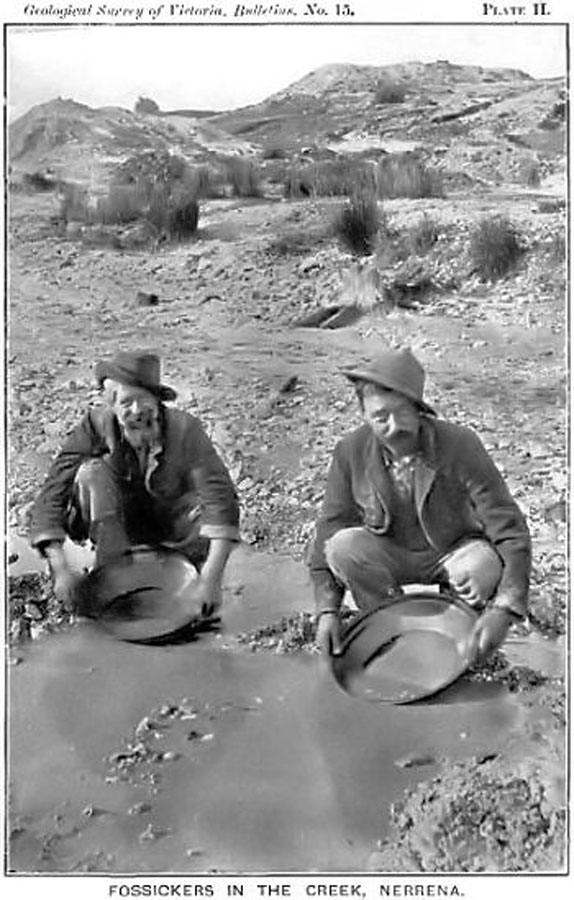
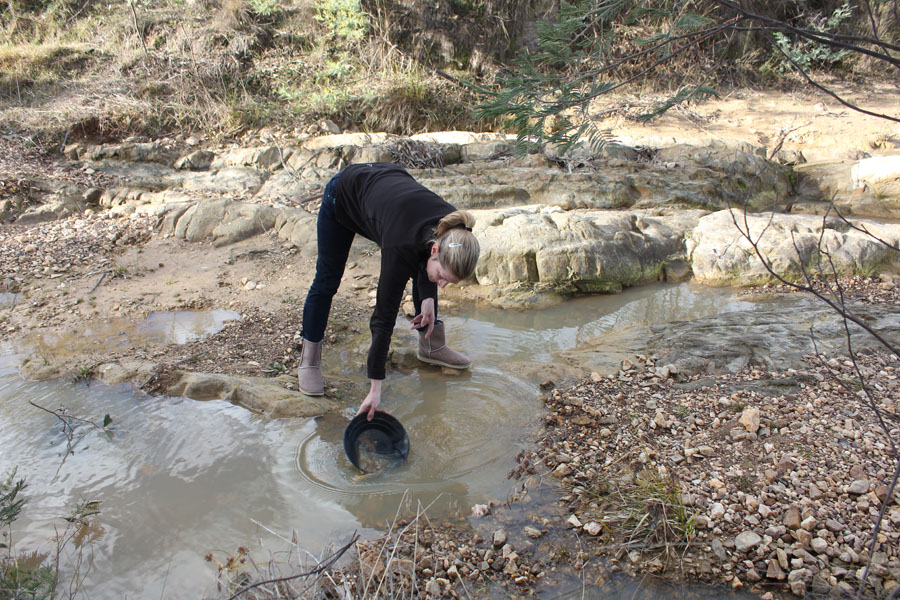
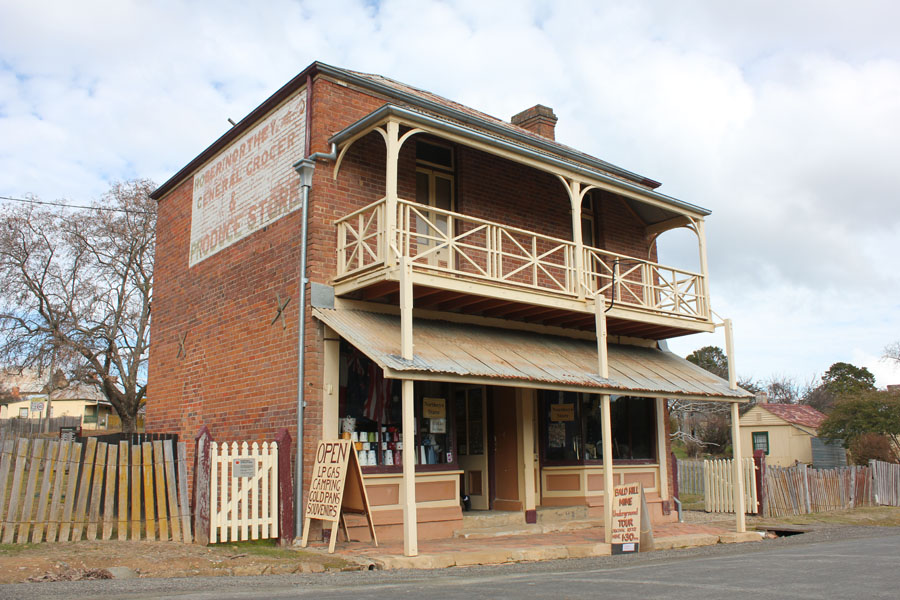
In the Museum you will notice a life sized picture of the world’s largest lump of gold discovered in the region; this huge nugget is what eventually put Hill End on the world map. Another must do while in the town is a visit to the Royal Hotel, this landmark building is the only remaining public house in town. The pub was built in 1872 and overlooks the town from the top of the hill, it is also a hotel that offers colonial style accommodation where you can stay in the rooms that have been preserved just as they were back in the day, and a busy bar and restaurant. Across the road from hotel is a small ‘’Wild West looking’’ bakery that still serves Cornish pasties today. Despite the decline of the mining in the late 1800’s, Hill End did experience something of a revival from 1908 onwards when the Reward Company began operations up until the 1920s. In 1945 the population of Hill End was about 700 but it soon declined quite dramatically. Renewed mining by Cornish immigrants in the early fifties was short-lived and as a result the town’s population rapidly declined. With now just over one hundred and fifty inhabitants this once bustling settlement is now very popular for visitors who want to learn more about the mining industry where their ancestors lived and worked over one hundred and fifty years ago.
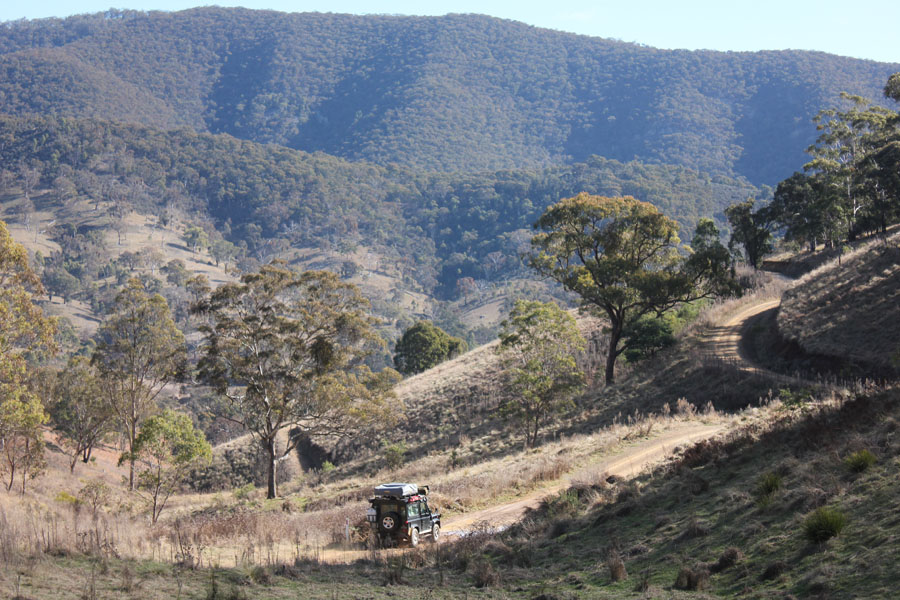
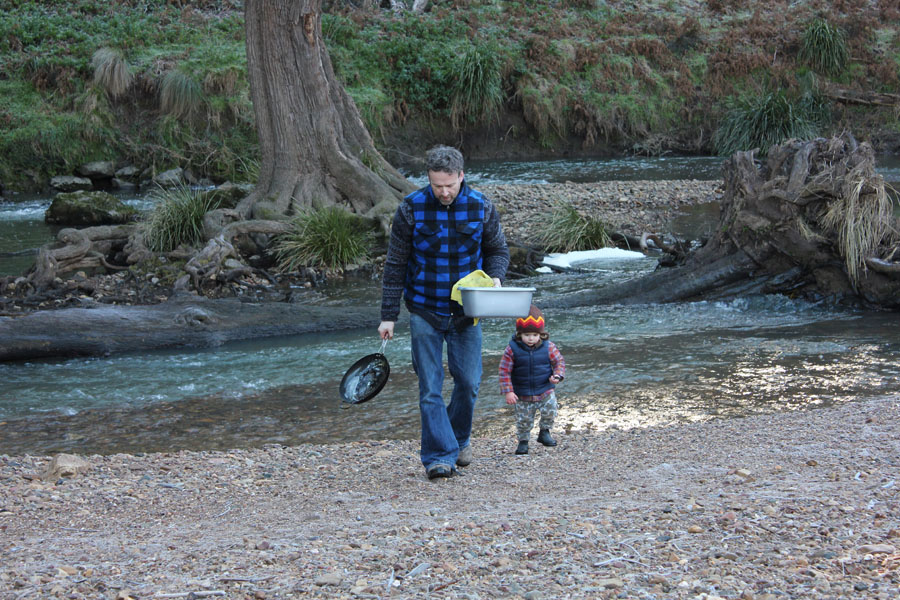
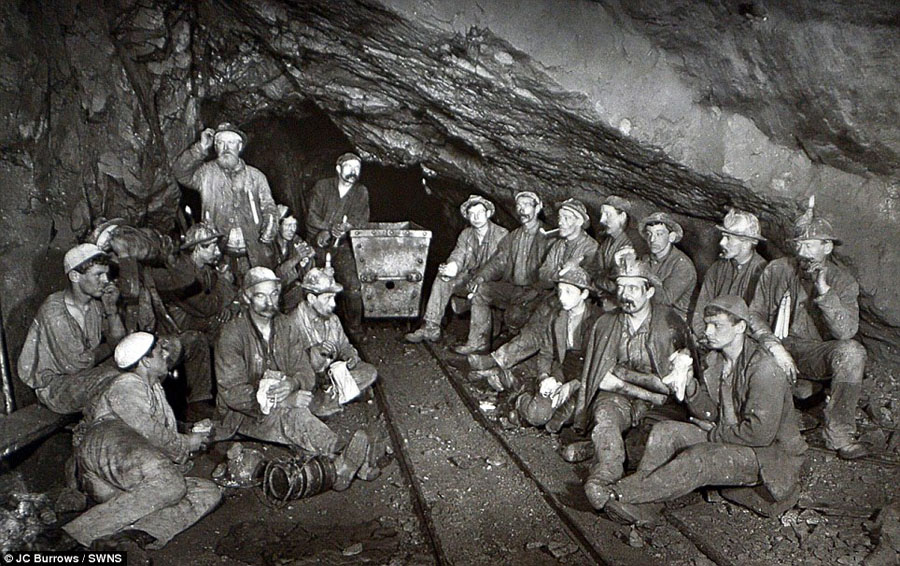
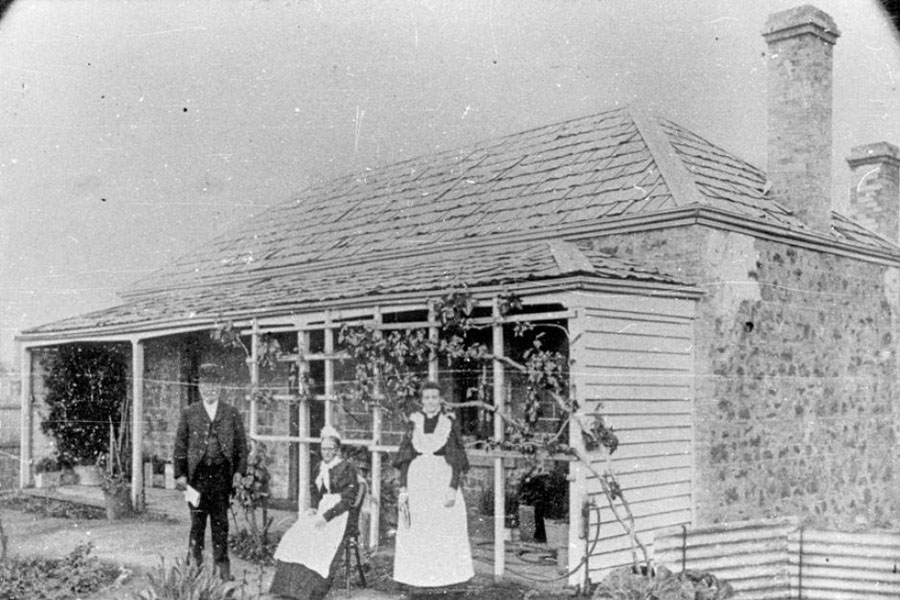
The following morning we were up bright and early and after packing up our camp and having some breakfast we decided to check out a couple of the many lookouts that are located only a couple of kilometers from the town. You are pretty much in the bush within a minute of driving from the campsite with plenty of wildlife, including kangaroos, to see as you explore the sights.
While in the area we were also keen to do some fossicking and so we decided to chance our luck at the permitted fossicking site just north of Hill End. After purchasing a gold pan in one of the local camping/gift shops we headed in search of our yet to be discovered fortune. To our amazement we met a guy who was fossicking there with his family over a couple of days and had managed to find some gold in the shallow creek; this was a real treat to see.
After having two great days exploring the town, it’s surrounding scenic views, fossicking and experiencing the abundance of history that this area has to offer, we wrapped our visit up with a drive along the narrow and unsealed Bridle Track that was built by miners before heading off to our final destination, Mudgee.
Access to the 4WD only Bridle track entrance is very close to the town of Hill End. The track runs all the way to Duramana (North of Bathurst). Generally the track can be classified as an easy track; though care must be taken as the road surface has been known to change depending on the time of year and weather conditions. The entire Bridle track route is currently closed due to a rock slide at Monahan’s Bluff; the good news is that 17km of this track is still accessible from the Hill End side.
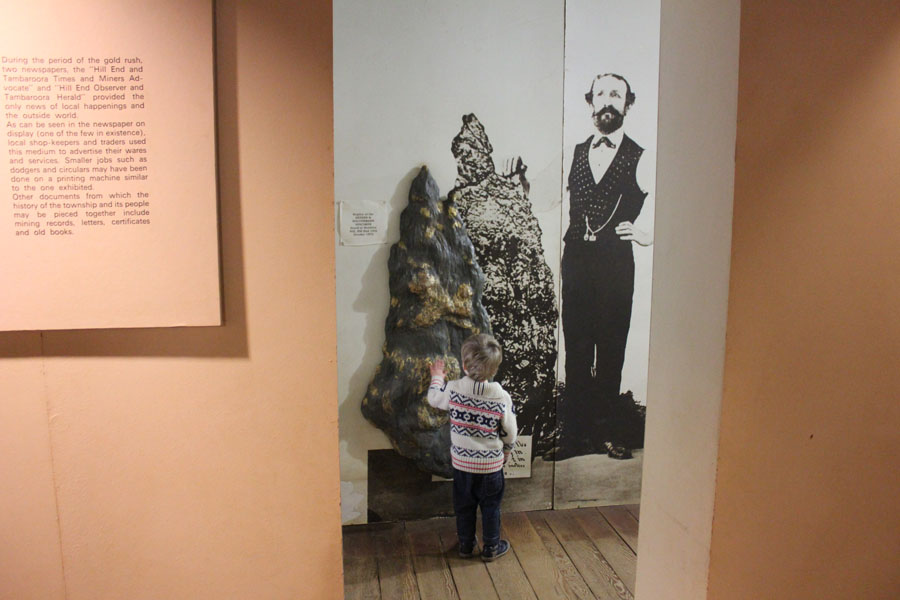
Found in Hill End in 1871, one of the biggest nuggets ever dug from the earth. It was 1.5 metres long, weighed 286kgs and was composed of a mixture of quartz and gold.
After checking out the neighbouring Gulgong and its famous Pioneers Museum it was time to set the compass for the return journey to Sydney. This trip offered a refreshing adventurous 4WD trip combined with an educational visit to some unique locations in the mid-west region of NSW. Just a couple of hours drive from Sydney you could easily visit all of the attractions and complete this trip over a long weekend. This weekender is like a trip back in time and will give you an excellent understanding of what life was like for the first pioneers and miners in the region. So, if you are a 4WD enthusiast and planning a trip to Australia in the near future, forget about the beaches, rent a 4WD and explore the mid-west region of NSW and experience firsthand what life was like for the thousands of miners and their families who left the British Isles over one hundred and fifty years ago.The “Holtermann Nugget” was found in 1872 at Hill End by Bernhardt Holtermann. It was 1.5 metres long, weighed 286kgs and was composed of a mixture of quartz and gold. But don’t be fooled by my opening statement, it still contained 93kg of gold! Holtermann was born in Germany in 1838 and came to Sydney in 1858. Holtermann was born in Germany in 1838 and came to Sydney in 1858. He moved to the goldfields in 1861 where it was tough going for 10 years before this big discovery Due to his mining exploits, Holtermann returned to Sydney and built a mansion at St Leonards (now part of Shore Gramma) which included a tower and a stained glass window of himself and the “nugget”. His real passion however was photography and his work in this area is of significance to Sydney’s history.

In 1874, the newly rich gold miner Bernard Otto Holtermann built an extraordinary house above Lavender Bay which became known, for its most obvious feature, as ‘The Towers’. Holtermann had become one of the wealthiest men in the colony when the Star of Hope goldmine, in which he had shares, gave up one of the biggest nuggets ever dug from the earth in 1871.

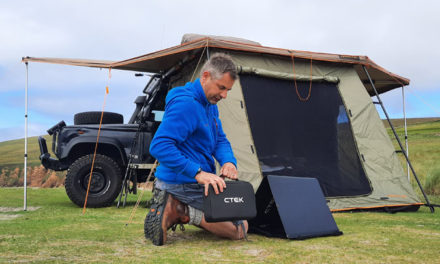
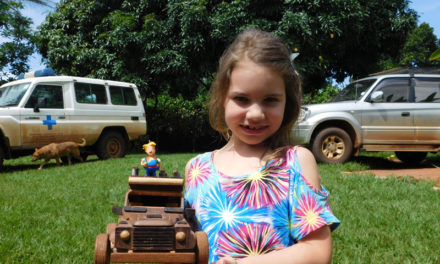

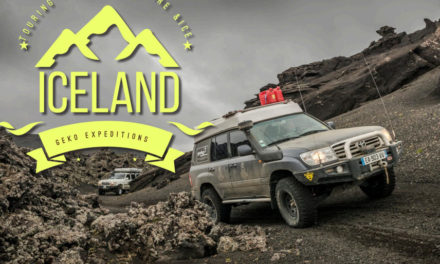


Recent Comments